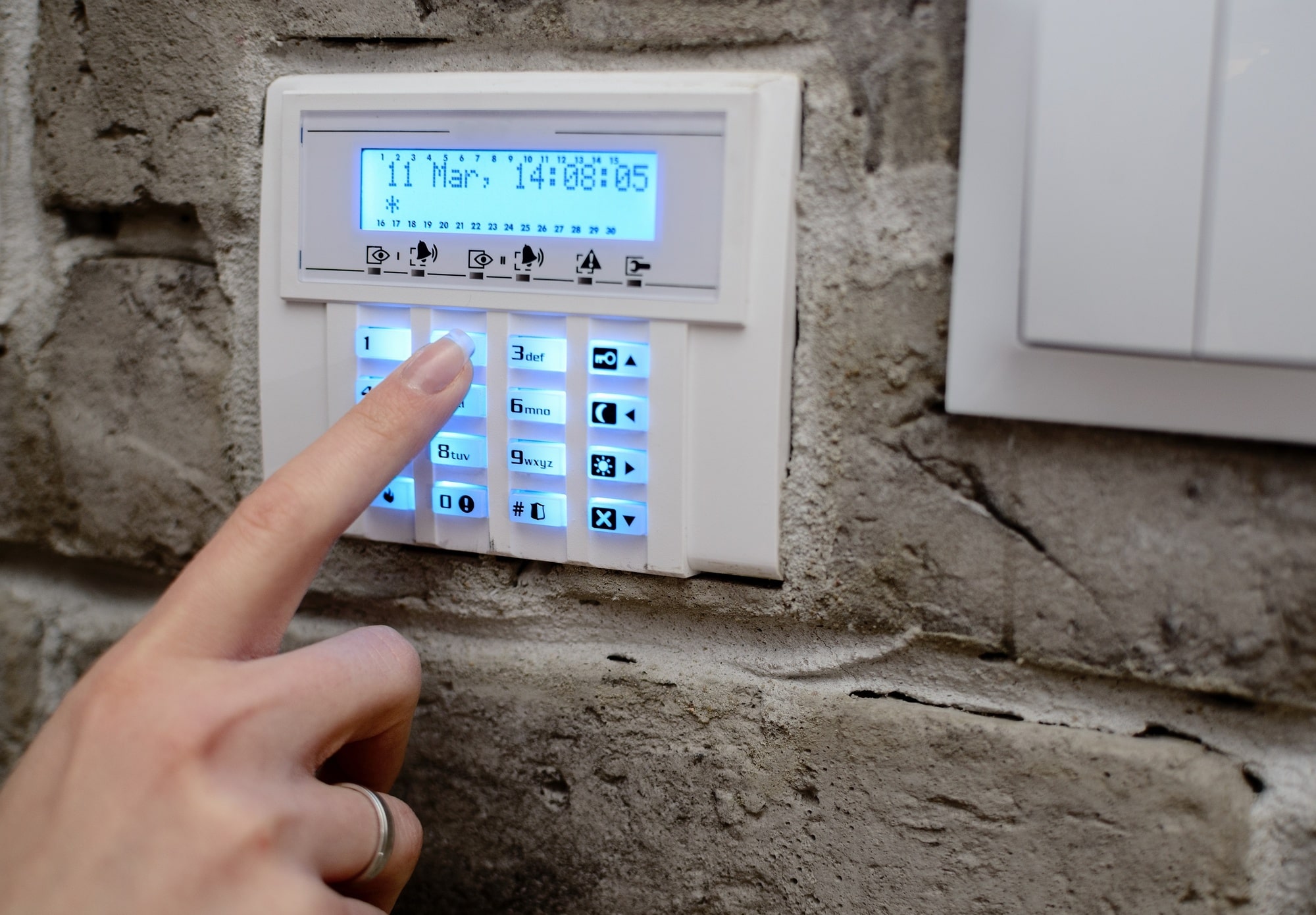
Over the last 10 years, almost 48 million injuries requiring medical assistance have occurred in American homes. Many of these homes were rental properties, and many of the people injured were tenants.
The last thing a responsible property owner wants is for the conditions in their home to have caused bodily harm to someone living there. It's not only a liability from a financial standpoint but also ethically concerning.
If you're interested in learning more about guaranteeing tenant safety in your rental properties or those you manage, read on.
1. Put Together a Checklist
One of the best ways to ensure you're taking care of everything safety-related is to make a safety checklist for rental properties. Your legal responsibilities as a landlord include everything from ensuring heating systems work at all times to getting rid of pest infestations.
A checklist should include interior and exterior aspects of the property and an appliance check.
2. Make Sure Doors and Windows Are Secure
Rental property owners sometimes forget that securing their property is as good for the tenants as it is for them. A property fitted with security doors and windows is far less likely to get broken into. This ensures your tenant's belongings remain safe and safeguards your home from damage.
If you're unsure what types of security doors and windows are worth the investment, get advice from a North Carolina residential management consultant.
3. Install Adequate Lighting
Efficient and appropriate illumination is an essential part of making a home safe.
Externally, rental property managers need to ensure all driveways, parking lots, pathways, stairwells, and doorways are lit well enough so that people can see where they're driving or stepping and see if there are any threats nearby.
Internal lighting should eliminate any dark areas in the house that might attract intruders or cause slip-and-fall accidents.
4. Keep on Top of Home Maintenance
A well-maintained home keeps tenants safe.
Inside, all the appliances are modern and work correctly, reducing the risk of electrical fires or electrocution. The home is well insulated, lowering utility costs and keeping tenants warm in the winter and cool in the summer.
Outside, the landscaping is tidy, reducing the chance of tripping. The roof is secure, ensuring no water infiltration, leading to health-harming mold build-up.
Schedule a regular safety inspection with your tenants well in advance to ease their minds and yours.
5. Always Take Back All the Keys
Before outgoing tenants leave, ensure you have all the keys in your possession.
Keep a record of how many keys you gave out at the start of the tenancy. And always ask them if they have made any copies of the keys. If they have, ask for them.
You can do this during the final inspection.
Understanding Tenant Safety for Property Owners
Tenant safety should be at the forefront of any responsible rental property owner's or property manager's mind. You need to do this to ensure you're not liable for legal penalties should a tenant get hurt on your property. Safeguarding the health and well-being of your tenants is also the right thing to do.
If you're unsure where to get started in assessing the safety of your rental property, contact the team at Home River Group. Our experienced property management consultants understand the regulations landlords in the Greensboro and Triad, North Carolina, areas need to know when it comes to rental home health and safety.






